- Main
- Chiller Efficiency
- Auto Tube Brushing
- Cooling towers
- Motorless Turbine
- Contact Us



After you’ve decided that on-line cleaning is the right solution to maintain efficiency and to extend bot service time between turnarounds and equipment lifespan, the following question presents itself: Which of the available condenser cleaning systems is the best for your project?
In this article, we look at the different options available. Obviously, as a supplier of brush cleaning systems, we cannot be completely unbiased. However, we do our best to present the facts from a neutral standpoint.
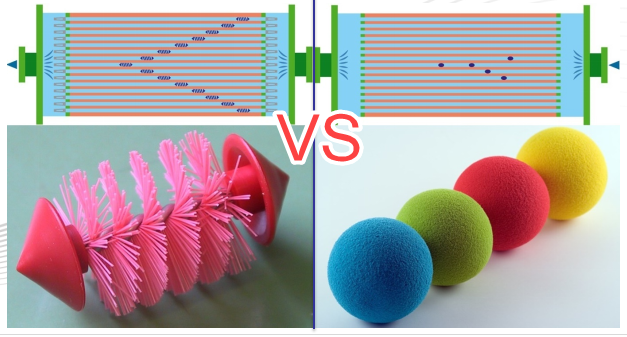
Germany’s MAN Turbine Manufacturing initiated the development of on-line or continuous condenser cleaning systems for their power plants in the last century. The company asked its two senior engineers (Hermann Heeren and Josef Taprogge) independently to come up with a solution for efficiency loss due to fouling.
Hermann and Josef retreated to their design benches to wrack their brains for the best solution. Inspiration struck both individually, so today there are two on-line cleaning systems on the market. The solutions they devised are as follows.
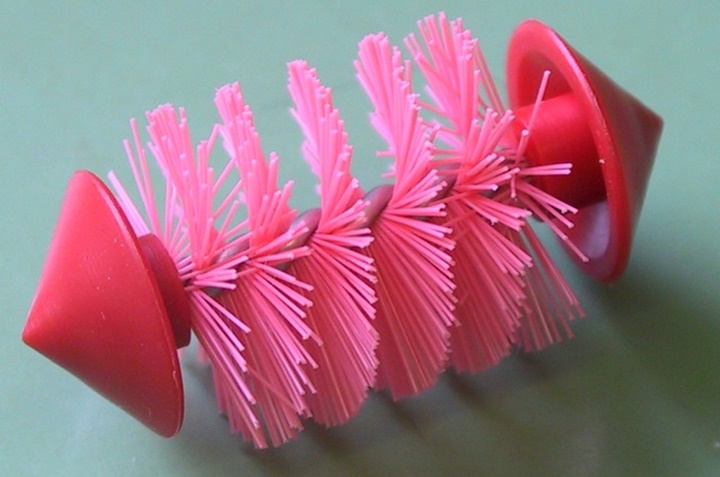
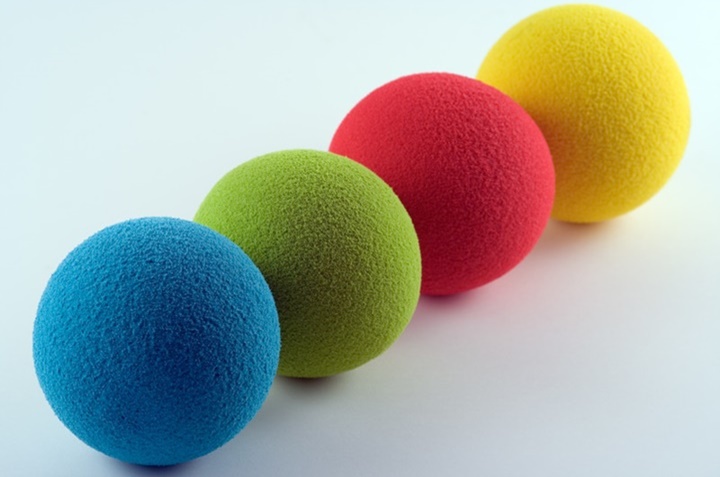
Both condenser cleaning systems proved workable, although Hermann jokingly asked Joseph if he would also recommend using sponges as a tool to avoid scaling in dental hygiene strategy.
But seriously, let’s have a closer look at these two systems. We’ll do so by pointing out the disadvantages of one approach in comparison to the other (click “+” for details).
The installation of the reversal valve in the piping between the condenser and cooling tower needs to be done by a qualified contractor and may be challenging or even impossible in specific projects.
Some valve designs (swing pipe or plug valve) have a high internal bypass, which means cold water flows to the warm water side of the valve. The lack of cold water supply during peak loads may cause the chiller to trip.
Modern (swing box) valve designs have addressed this issue and come with zero bypass.
Water forces in pipe diameters above 600 mm are too high for reversal valve operations. Other solutions are available via tailored engineering.
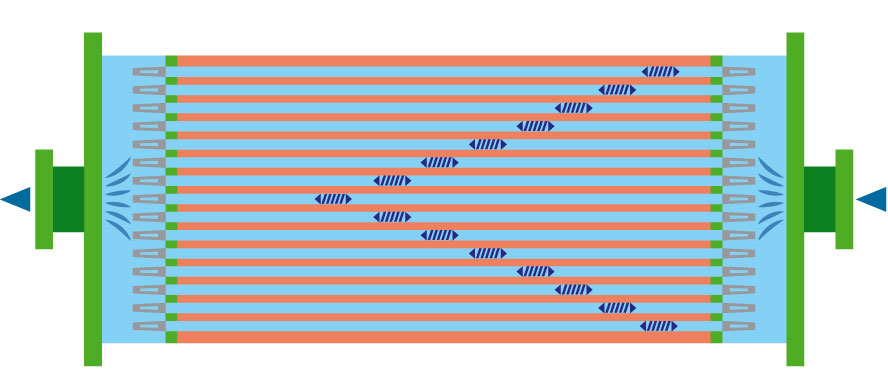
The flow speed in the center of the condenser is higher than those in the periphery, and therefore, the tubes in the center receive more cleanings. Eventually, the sponge balls may get stuck and block the outside tubes that were subject to fouling buildup, which can prove very counterproductive.
Balls suffer from wear and tear or may get lost in the system when they pass the strainer and end up in the cooling tower fill or basin. This may affect the effectiveness of the system.
The balls (as many as one-third of the number of tubes) have an average lifespan of around 1,000 chiller running hours. Considering the price of the balls, this can double the cost of ownership over a functional system lifespan of 10 years. Brushes have an average lifespan of 20,000 chiller hours.
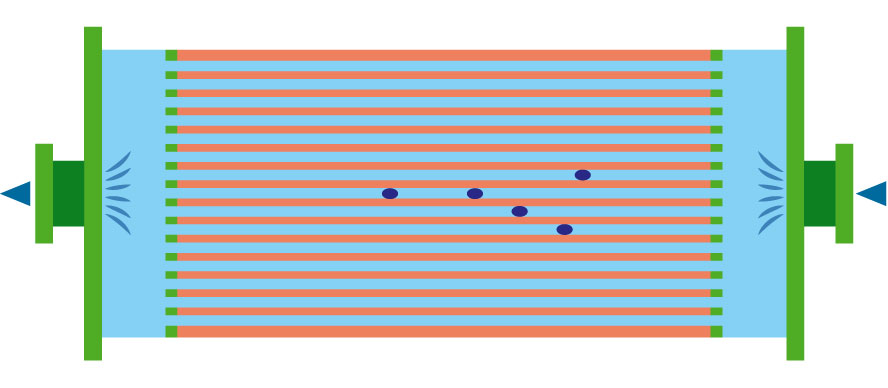
Failure to maintain the ball-type condenser cleaning system can result in tube fouling, reducing diameter and compromising efficiency. Subsequent replacement ball addition risks misfitting, leading to tube blockages. Once cleaned tubes become a blockage hazard. Regular maintenance is critical to prevent such issues, ensuring optimal system performance and longevity.
In practice, the recurring issue arises when operators opt to cut costs by neglecting the timely replenishment of sponge balls. This oversight leads to operational challenges and compromises system efficiency. Timely ball replenishment is essential to maintain the optimal performance of these condenser cleaning systems and prevent costly disruptions in the operation of your chiller.
We can conclude that both systems are effective in avoiding fouling that decreases the condenser’s efficiency and while doing so, minimizing electricity waste from the compressor. As a supplier of continuous tube brushing systems, however, we like to highlight the fact that brushing allows worry-free operation with minimal need for checking and the lowest operating cost.
A hotel chiller (450 RT) runs with a 270 kW compressor motor with 600 tubes. The compressor running time is 5,000 hrs. per year over a period of 10 years. Total running time 50,000 hrs.
Over the functional lifespan, an easy 1,000 MWh can be saved on electricity (based on 10% waste) which in most countries is around US$ 100,000.
For comparison, the typical Capex of this chiller is also around US$ 100,000 (US$ 200-300 per RT).
We can conclude that chillers with continuous cleaning system save as much on electricity over their functional lifespan as the investment in the next chiller will be. The system pays for your next chiller, therefore.
| System | Brush | Ball |
| Useable | 600 brushes | 200 balls |
| Replacement | Every 20,000 running hours | Every 1,000 running hours |
| Replacement & inspection frequency | Every 48 months | Every 2.4 months |
| Value per unit | US$ 2.00 | US$ 2.00 |
| Total useable units (10 yrs-50,000 hrs) | 1,200 brushes | 10,000 balls |
| Cost of useable (first set included in initial set-up) |
US$ 2,400 | US$ 20,000 |

Please email me a contact so I can get prices on brushes and catchers
Thanks Mark, we’ll need some details as in the project form I emailed you.
Please contact me thru [email protected]
we are a big semiconductor testing facility in Calamba Laguna Philippines and we are running 2 units 1060 TR centrifugal Trane Chillers.
Thanks for reaching out. We’ll be in touch via email.